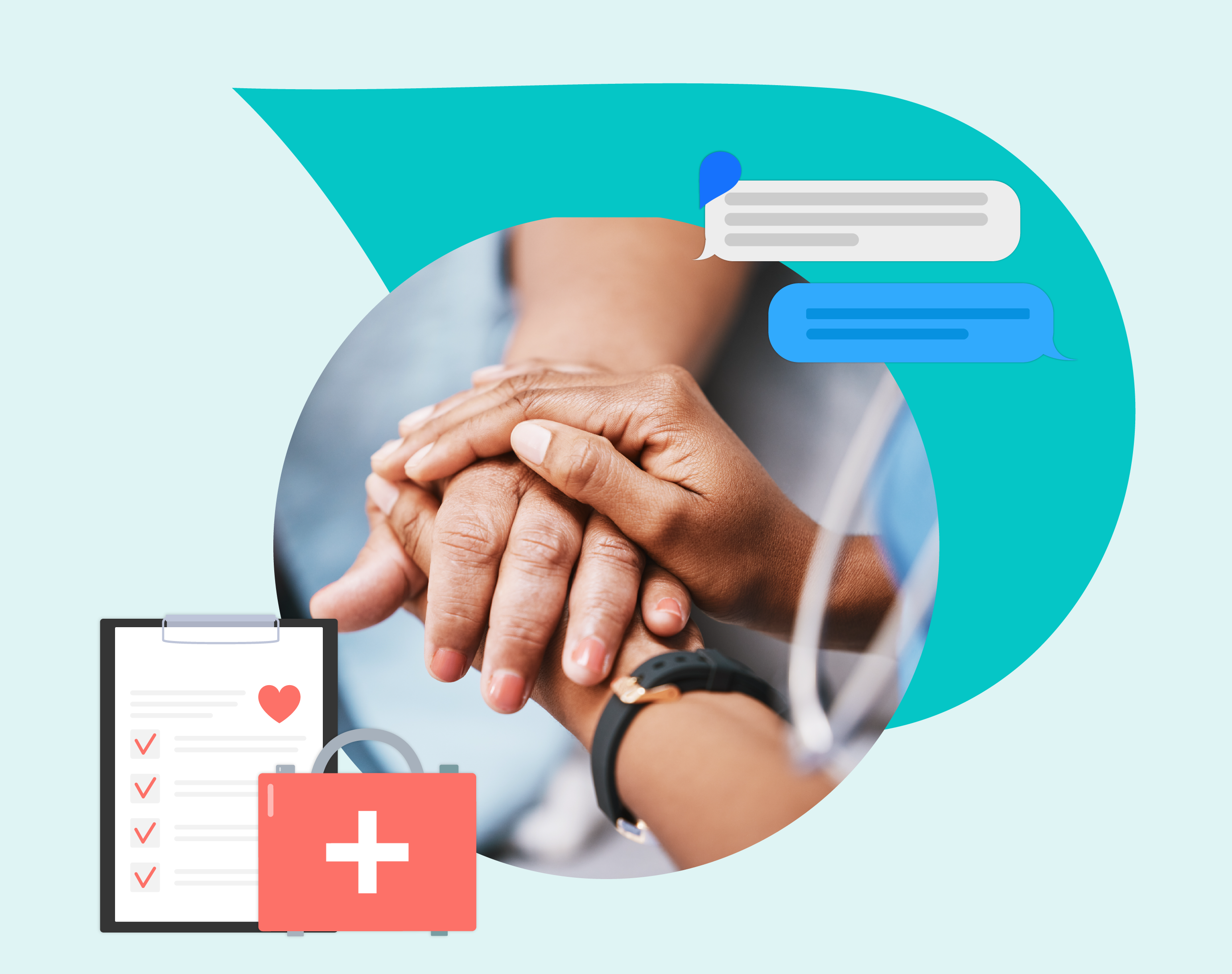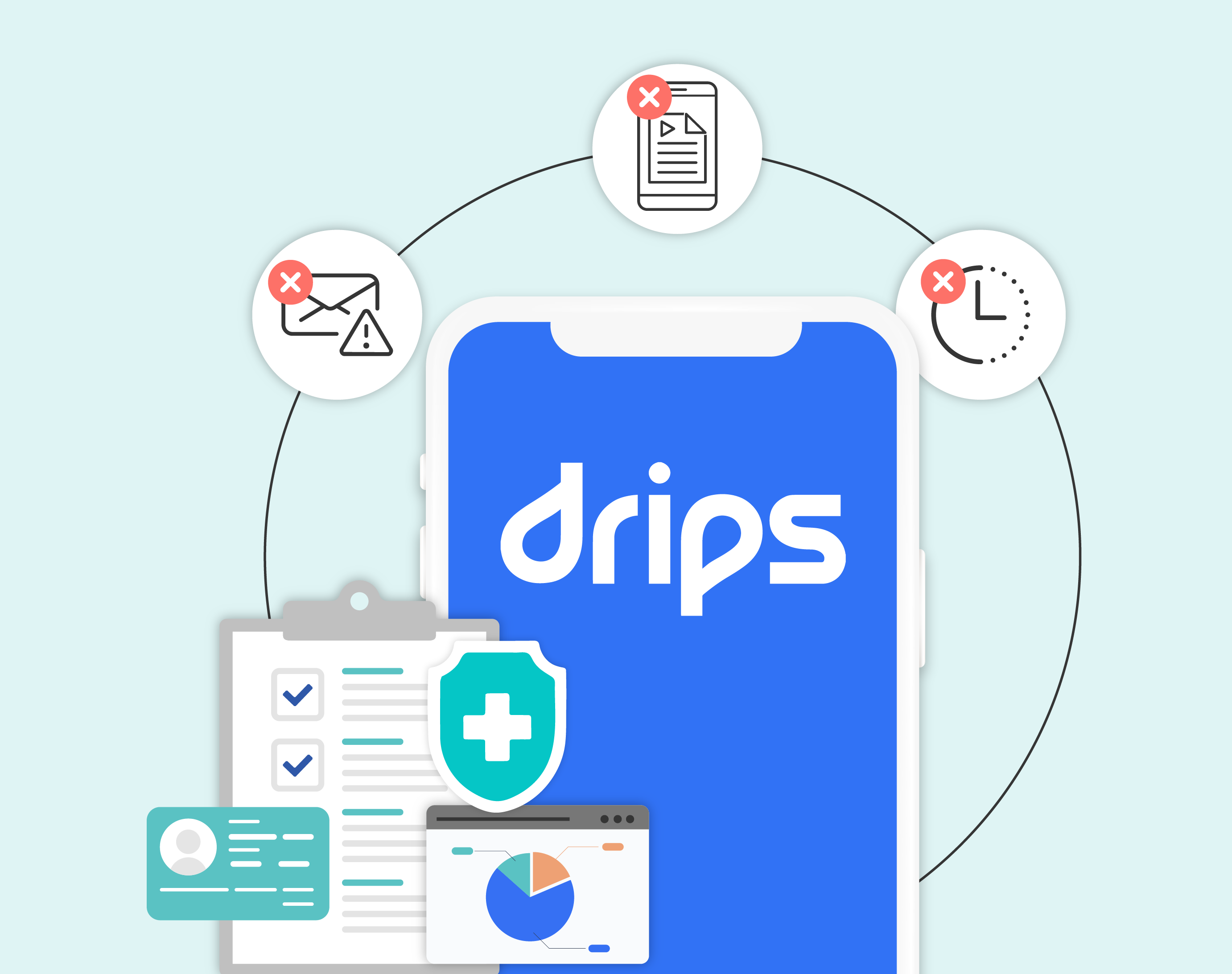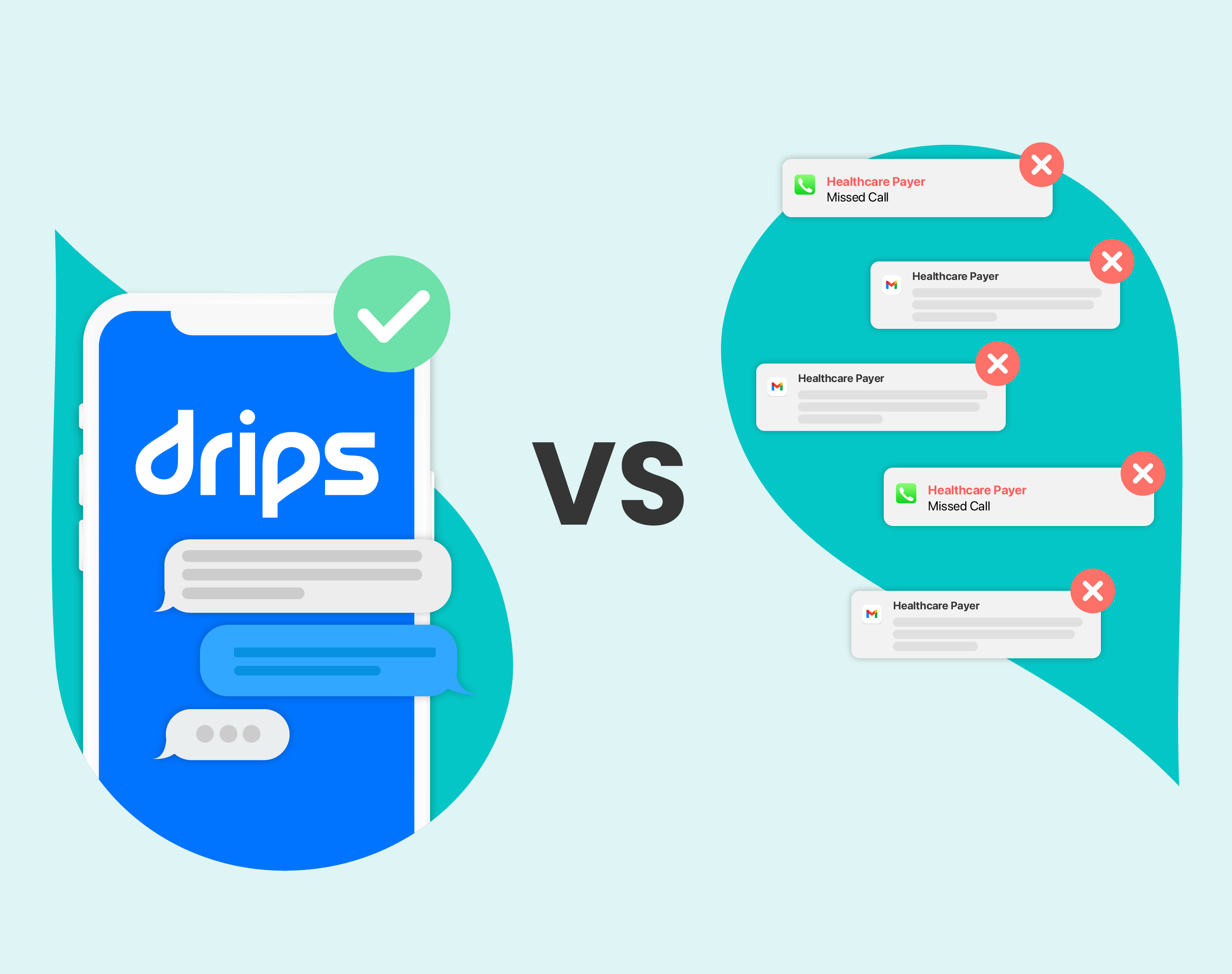What's the Right Number of Touchpoints for Medicare AEP?
The Annual Enrollment Period (AEP) is an important time for Medicare outreach. AEP is when beneficiaries can choose or change their Medicare coverage for the upcoming year.
Effective communication during AEP is crucial. That’s why Drips analyzed millions of conversations we had with beneficiaries to learn about their communication preferences.
Last time, we talked about the importance of timing for AEP outreach. In this article, we'll explore the effects of delivering different numbers of touchpoints to beneficiaries. How many touchpoints should Medicare organizations be using? How many is too many?
To answer these questions, we looked at our data to determine how many consumers engaged after just one touchpoint, how many engaged after two, how many after three, etc. We saw two clear insights emerge from the data.
Ready to learn the right number of touchpoints for an AEP campaign? Let’s dive in.
The Power Of First Impressions
From our AEP data, we found that the very first touchpoint was the most effective for getting engagement from Medicare beneficiaries. 14% of engagement happened after just one touchpoint.
If you’re in the business of healthcare outreach, this probably won’t surprise you. For any outreach campaign, there will always be plenty of people in your audience who are ready to act and only need to be contacted once to enroll.
Because the first touchpoint is so valuable, it’s important to make a great first impression. For consumers who are shopping around for different plans, the first interaction could have a huge impact on their enrollment decision.
Whether the first touchpoint is a call or text, plans have a great opportunity to build trust and capture the attention of beneficiaries right away. Plans should consider offering multiple channels, personalizing messages, and A/B testing to improve results over time.

On the other hand, a poor first impression can have lasting consequences. If your outreach doesn't connect with the recipient, you risk losing their interest or even damaging your brand reputation. Some things to avoid include generic text messages that sound automated and continued missed calls from a number the beneficiary doesn’t recognize.
More Touchpoints: Worth The Investment?
While the first touchpoint can be effective, most consumers will require more communication before engaging with a Medicare plan. So, how should plans determine the right number of touchpoints?
The data from our AEP outreach indicates that each additional touchpoint has diminishing returns. In other words, the marginal engagement goes down for each added interaction.
So, does that mean one or two calls or texts is the most effective? Not at all. While each touchpoint yields less engagement than the last, the overall benefit from more outreach can be huge.
Our data shows that 31% of engagement only happened after 10 or more touchpoints. In other words, healthcare organizations that target fewer than 10 touchpoints could be missing about one-third of enrollment opportunities.

While not everyone needs that many interactions, Medicare call centers should be prepared to persist in their outreach when needed. Don't give up if you don't get an immediate response. Stay committed to providing relevant information and support.
Drawbacks Of Additional Touchpoints
Of course, additional outreach isn’t all upside. Two potential drawbacks to adding more touchpoints are the cost and impact on the consumer experience.
Increased Cost
We’re stating the obvious here, but each touchpoint an agent has with a beneficiary comes with additional costs. For a phone call, average cost estimates range from $2.70 to $5.60 per call (CX Today). The costs can skew higher for outbound dials in healthcare, which are usually performed by highly trained staff.
So, if a call center were to commit to 10 touchpoints during AEP, those calls might contribute over $50 to the cost per acquisition (CPA) for those hard-to-reach beneficiaries. This might cause some to rethink this approach — or wonder if there is a more cost-effective form of outreach (more on that later).
Negative Experience
It’s also important to consider the experience of the beneficiary. Our AEP outreach data shows that certain consumers find lots of communication helpful. However, it’s still true that consumers tend to dislike repeated calls.
This is especially true if the calls come at inconvenient times and don’t leave a clear voicemail message. In fact, 77% of consumers feel some level of anxiety from phone calls (ZipWhip via Business Wire).
Of course, no Medicare brand wants to irritate beneficiaries. But keeping outreach positive over many touchpoints is not easy. Each touchpoint needs to be friendly, personalized, and avoid repetitive messages. And there are risks to continued outreach if you fail to pick up on the consumer’s intent to opt out.
One other thing to note: A negative impression can have lasting consequences even if the beneficiary enrolls. The CAHPS survey includes questions about the customer service of health plans. This means that negative experiences from ineffective outreach could ultimately impact a plan’s Star Rating and MA Quality Bonus Payments (QBPs).
AI-Powered Conversational Outreach
Want to explore additional touchpoints in a more cost-effective way than phone calls? Want to make a great first impression with a personalized text message? Drips' AI-powered conversational outreach can help you innovate your AEP strategy.
Drips uses a natural language processing (NLP) model that can hold real, human-like conversations with beneficiaries using SMS, scheduled calls, and high-quality Visual Voicemail. Our platform can recognize their intent and respond naturally as the conversation continues towards a desired outcome. By leveraging AI, Drips can help deliver more touchpoints while taking the burden off of licensed agents during AEP.
Plus, Drips’ managed technology approach means that our team can help craft and optimize your messaging to give beneficiaries a great experience.
Success Story: Spring Venture Group
Spring Venture Group noticed that Medicare beneficiaries were inundated with calls and other outreach during AEP. So, they started looking for an innovative way to engage plan shoppers during the peak season.
By working with Drips, Spring Venture Group was able to leverage texting to effectively reach beneficiaries at scale. Not only that, using texting resulted in more engagement and a 142% increase in conversion rate.
To sum up: When planning for AEP, it’s important to consider how many touchpoints to deliver to your audience. Based on our data from millions of real Medicare beneficiaries, we learned that the first touchpoint is critical. At the same time, there is a large segment of this audience that benefits from more contact, requiring 10 or more touchpoints before they engage.
If you think these insights could be worth implementing during an upcoming peak season, please reach out to Drips for more resources and a demo of our platform.







